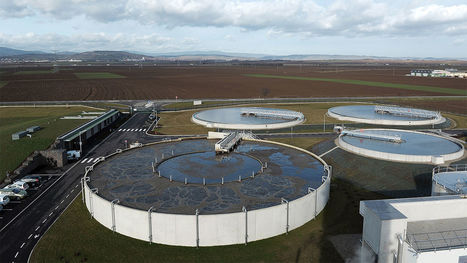By sampling sewage across greater Paris for more than 1 month, researchers have detected a rise and fall in novel coronavirus concentrations that correspond to the shape of the COVID-19 outbreak in the region, where a lockdown is now suppressing spread of the disease. Although several research groups have reported detecting coronavirus in wastewater, the researchers say the new study is the first to show that the technique can pick up a sharp rise in viral concentrations in sewage before cases explode in the clinic. That points to its potential as a cheap, noninvasive tool to warn against outbreaks, they say.
“This visibility is also going to help us predict a second wave of outbreaks,” says Sébastien Wurtzer, a virologist at Eau de Paris, the city’s public water utility. Wurtzer and his colleagues posted the study, which has not been peer-reviewed, on the preprint repository medRxiv on 17 April. Sewers offer near–real-time outbreak data, because they constantly collect feces and urine that can contain coronavirus shed by infected humans. (Once excreted from the body, the virus degrades quickly, although scientists have found limited instances of infectious virus in fecal matter.) Polymerase chain reaction testing identifies fragments of RNA from SARS-CoV-2, the virus that causes COVID-19. Higher concentrations of virus in the wastewater corresponds to higher numbers of infected people who contribute to the sewer system.
For the Paris study, Wurtzer and his colleagues sampled wastewater from up to five Paris-area plants twice a week between 5 March and 7 April. They noted “high concentrations” of viral RNA several days before 10 March, the first day that Paris recorded multiple deaths from COVID-19. Concentrations continued to rise a few days ahead of an acceleration in clinical cases and deaths in Paris. “We have a very clear curve that precedes the curve in numbers of clinical cases, and now with confinement, we see a flattening of that curve,” says Laurent Moulin, a study co-author and a microbiologist also at Eau de Paris. He estimates it took between a half a day and 3 days for the sewage to move from toilets to the treatment plants.
Preprint available at medRXiv (April 17, 2020):
https://www.medrxiv.org/content/10.1101/2020.04.12.20062679v1
Via Juan Lama



 Your new post is loading...
Your new post is loading...







